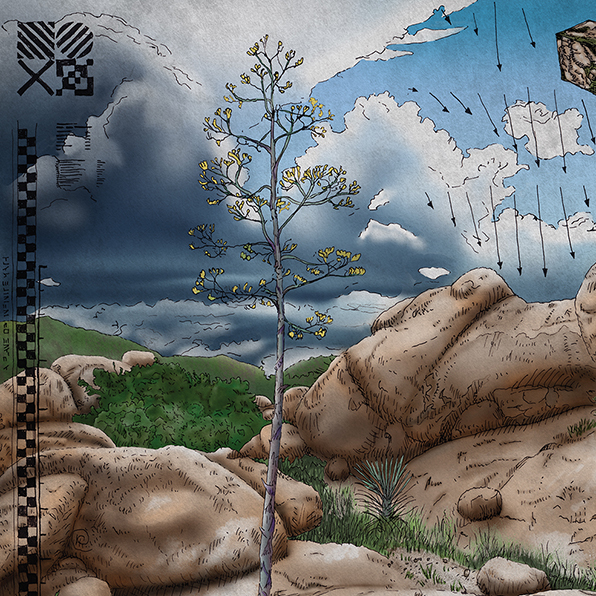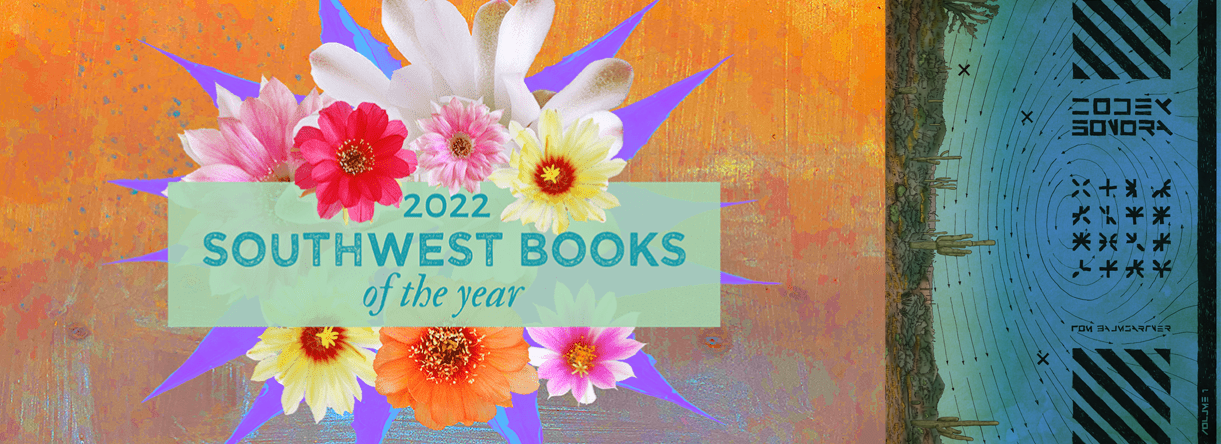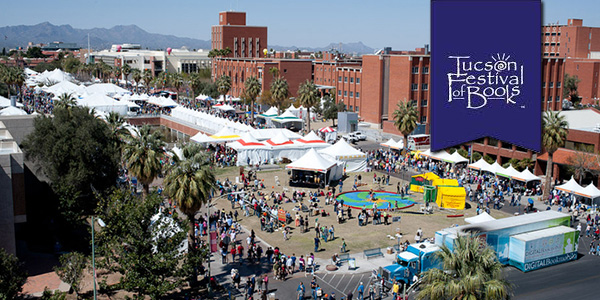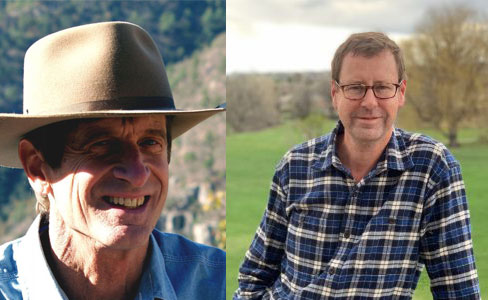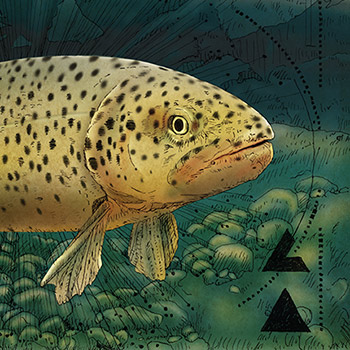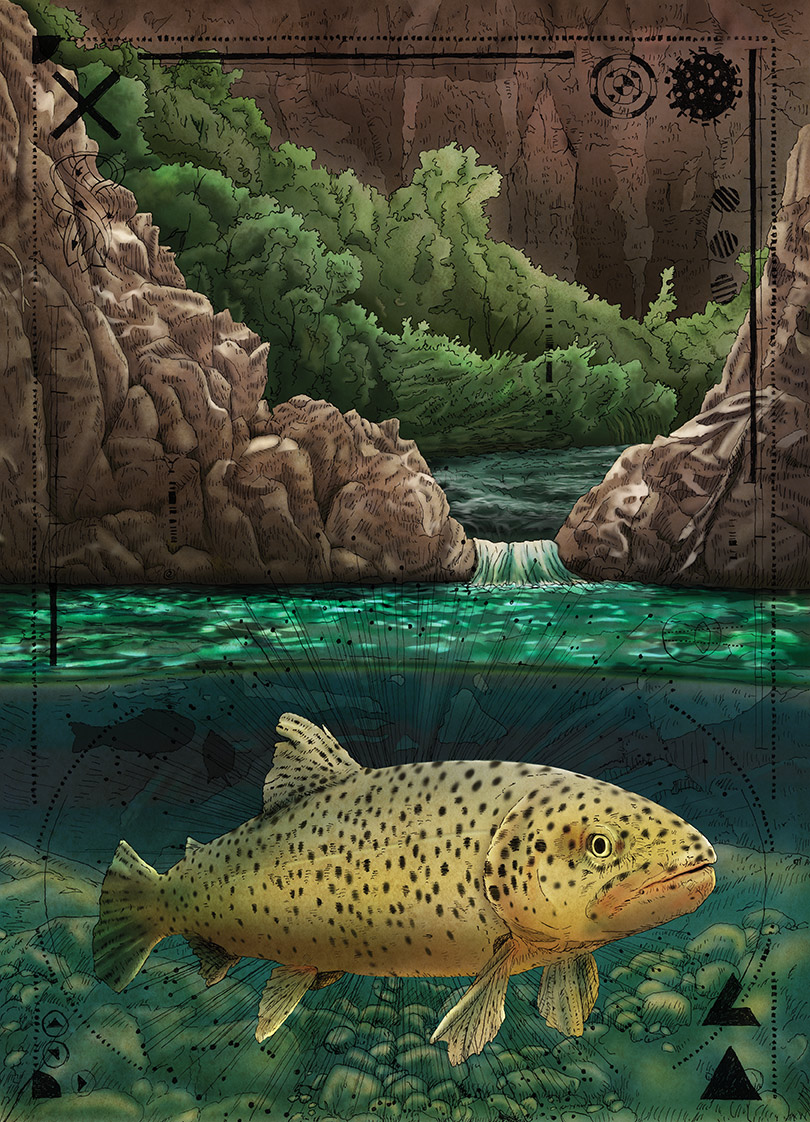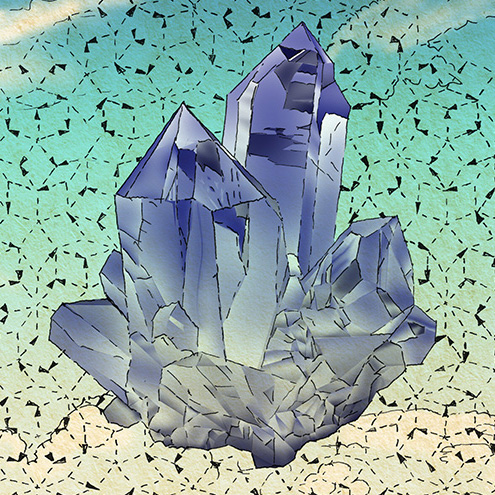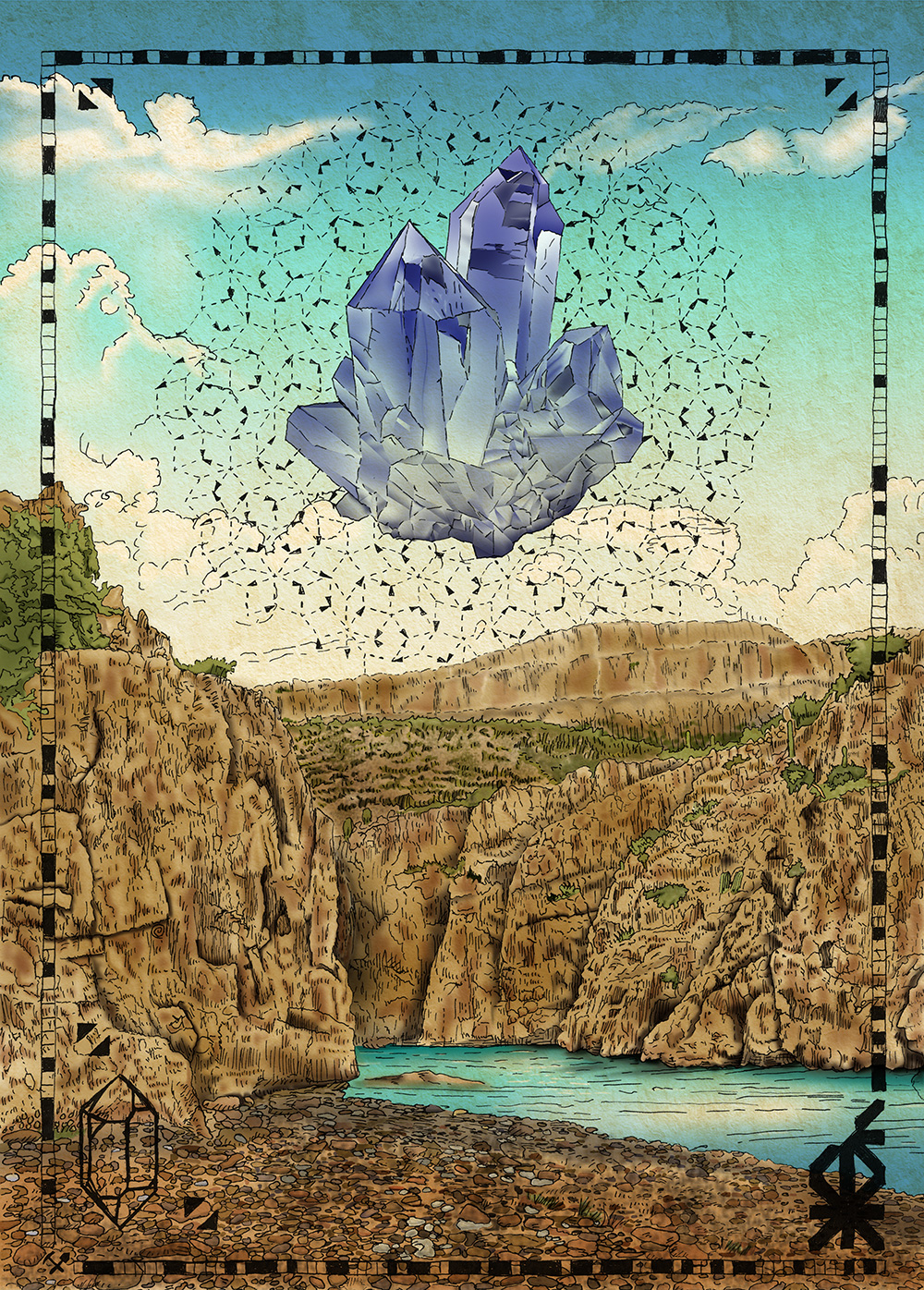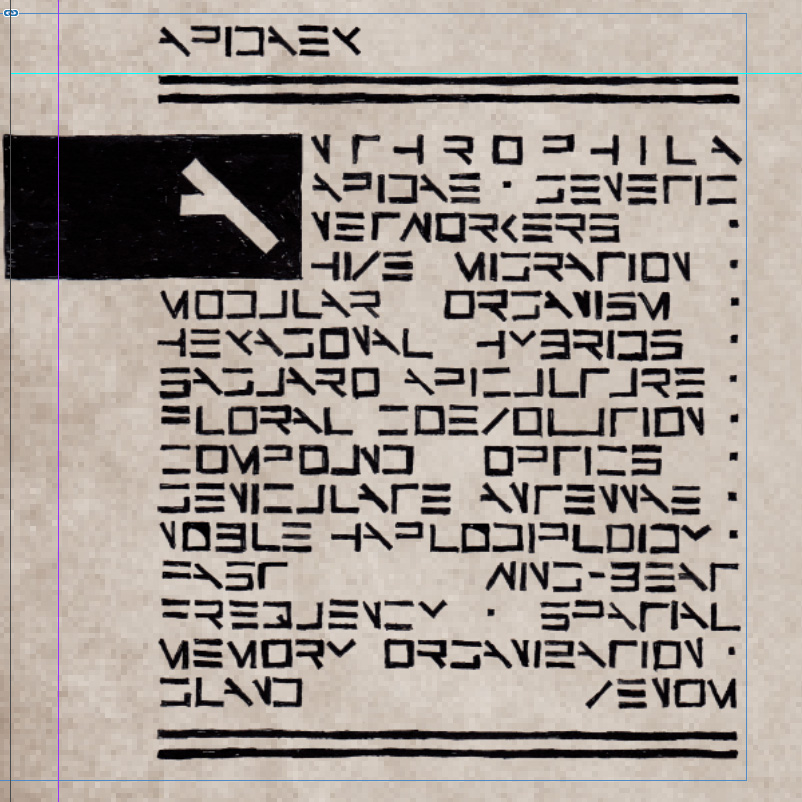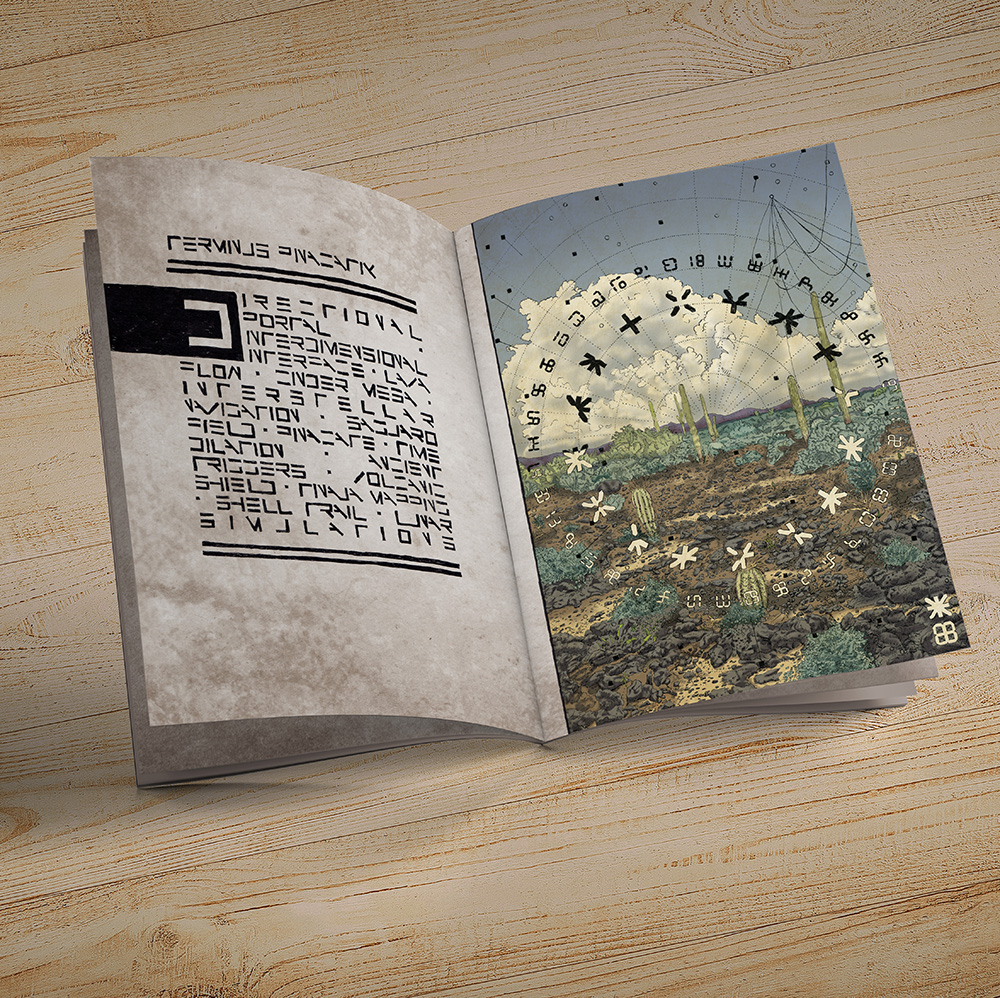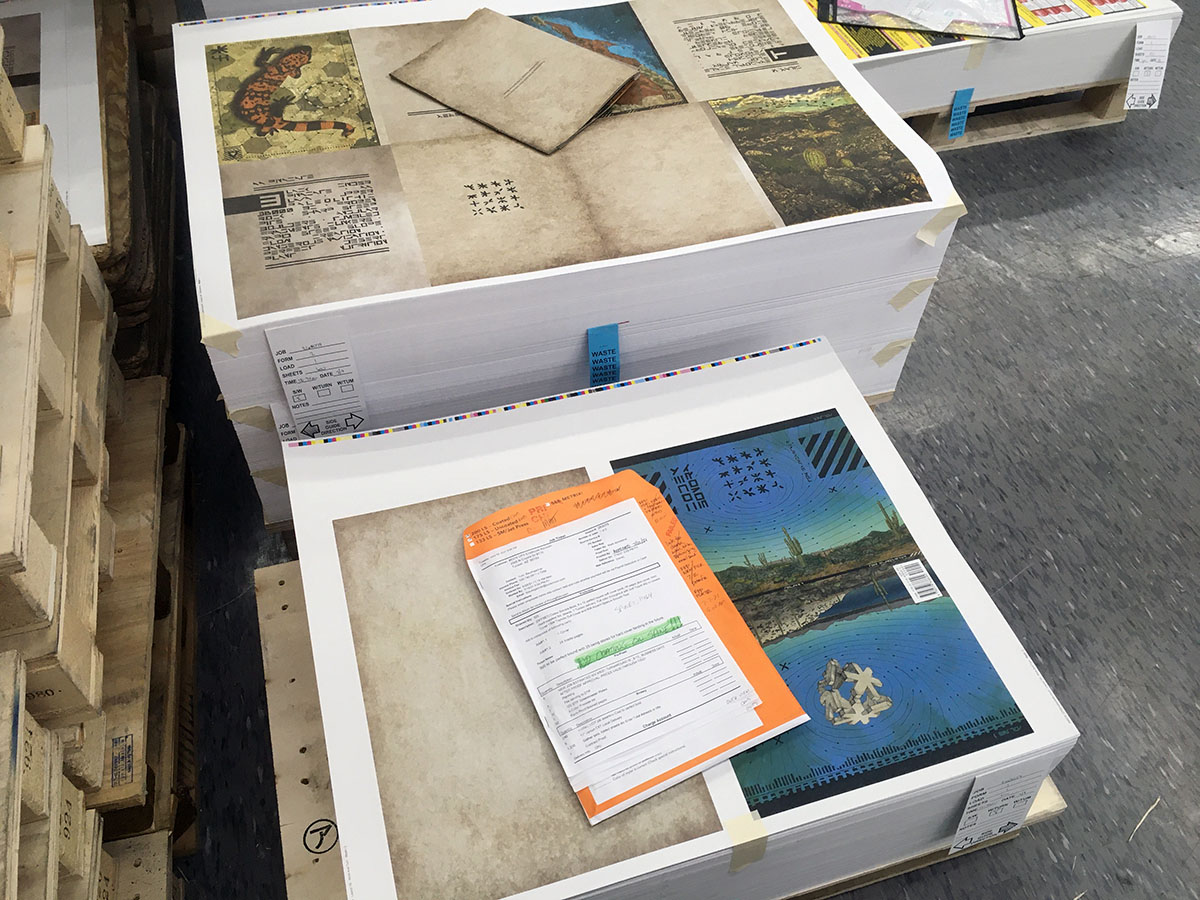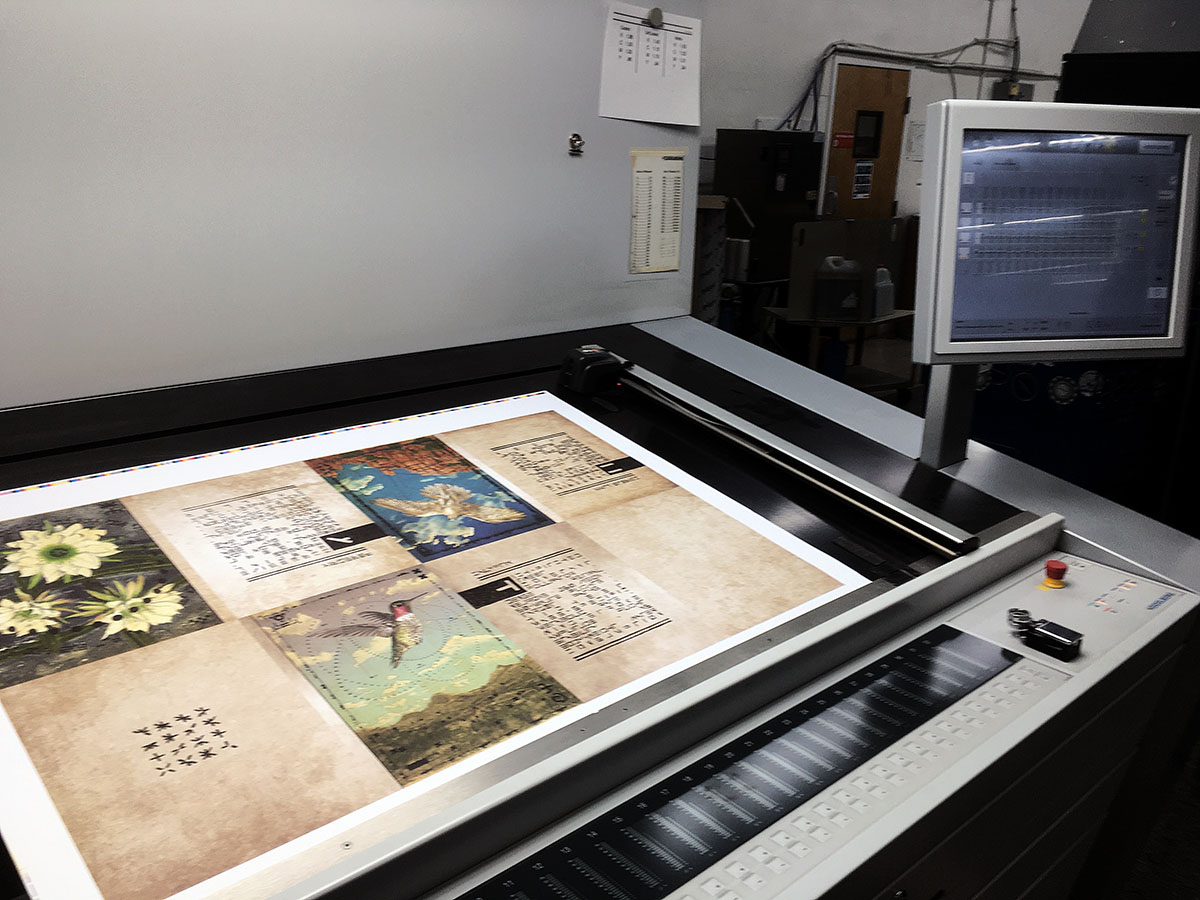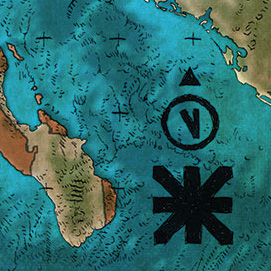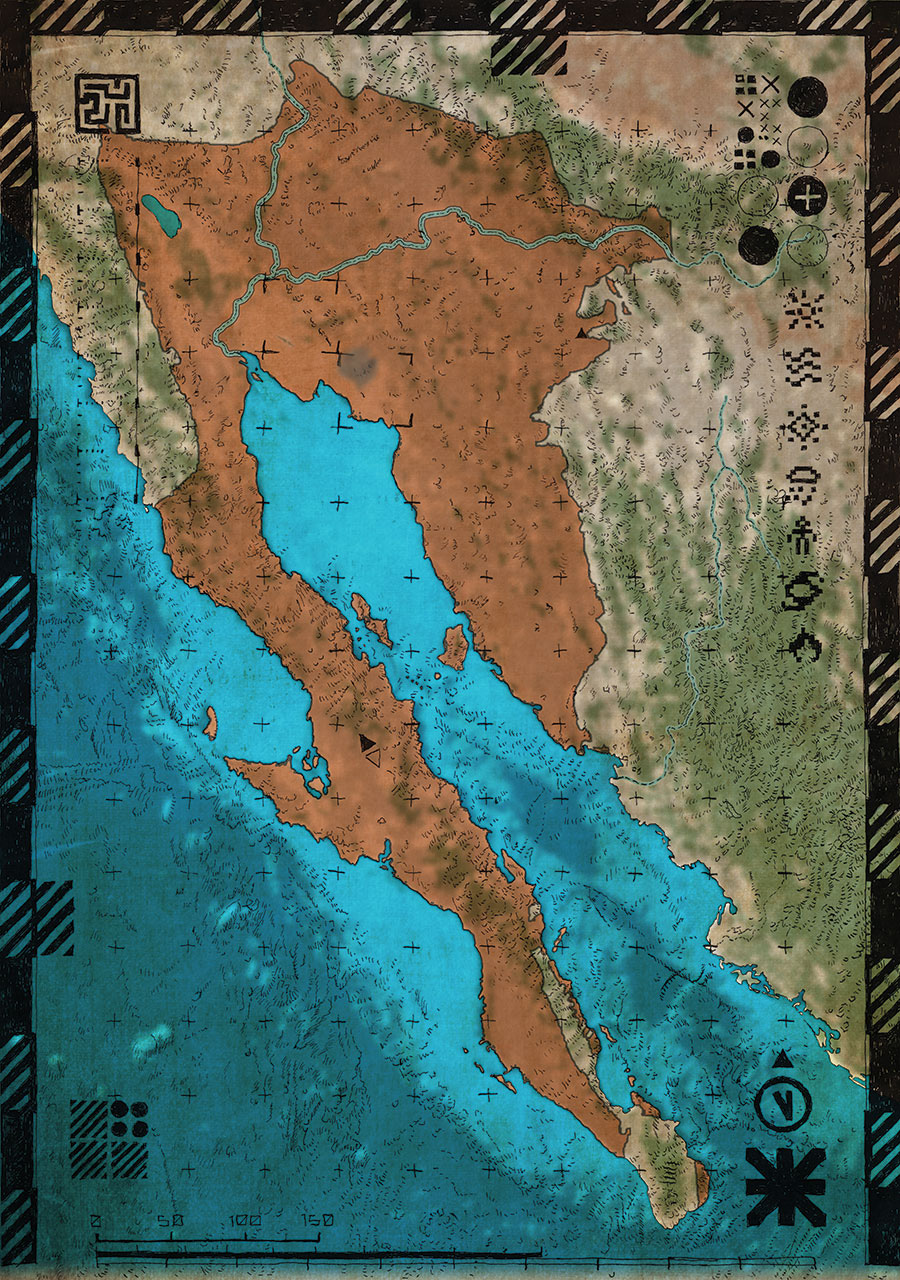The Century Plant (living 20 to 30 years) is a low thick leaved agave found throughout the Sonoran Desert and bordering areas. As a desert plant, it's a significant landmark 6-10 feet around, and at the end of its life, putting forth a heroic asparagus-like stalk that branches and flowers to a height of 20-30 feet. This one iss in the backyard of my friend Richard Spelker and is vast and inspiring.
I wanted a dramatic, rocky background, so I journeyed to the Dragoon Mountains, known for this sort of thing. I've never been to this area during the summer monsoon months, usually driving through on my way to Mt. Graham, where being outdoors in the shadow of pines is more tolerable. The area was bursting with life from more than 18 inches of summer rain filling ponds that dry up in the summer and growing grasses above your waist by the end of the season. Insect and reptile life was abounding as well as birds migrating by.
"Just add water" should be the tagline of this summer Eden. The grass dries out with a blonder cast to the landscape for the rest of the year. My framer recently saw a resemblance to William Wiley's work, which I first spotted at the Indianapolis Museum, making enough of an impression that I researched him. His checkered patterns and black lines resonated with my etching work, and I thought it appropriate to credit him in this piece. NASA's latest moonshot test rocket has these registration markers included, and it is a fitting metaphor for something that takes decades to charge up before blasting up and away.
